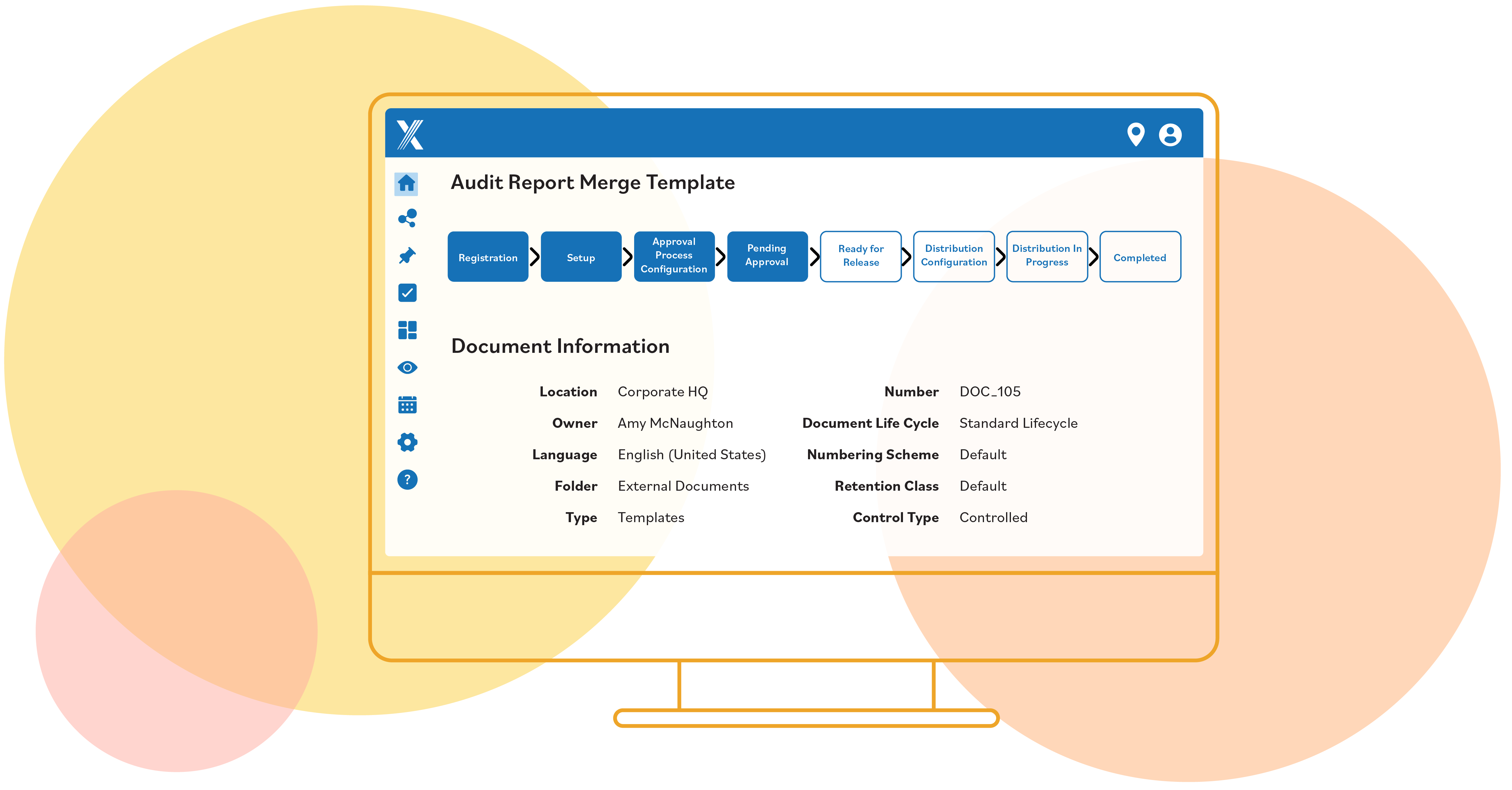Ladder Safety Rules 101: A Comprehensive Approach to Working Safely at Heights
March 6, 2024
Falls are one of the leading causes of serious injury and death in the workplace, and OSHA is serious about preventing them. Four of the agency’s 10 most cited standards in 2023 were related to fall prevention, including the rules for ladder safety.
In 2020, according to the Bureau of Labor Statistics, there were 161 fatal work injuries from which ladders were the primary source. While this is a 5.8 percent decline from 171 deaths in 2019, it could be related to pandemic shutdowns and might not represent real progress.
Meanwhile, there were 22,710 nonfatal injuries related to ladder safety in 2020, which was a 1.7 percent increase from 22,330 injuries in 2019. These nonfatal ladder injuries resulted in at least one day away from work. Workers in installation, maintenance and repair occupations faced the highest number of ladder-related injuries, followed by construction and extraction occupations.
Ladder Safety Month, spearheaded by the American Ladder Institute (ALI), in March emphasizes the urgency of raising awareness and promoting the safe use of ladders. Workplace safety is an essential cornerstone of a thriving and responsible business culture, where the well-being of workers is prioritized, potential hazards are mitigated and stringent measures are in place to ensure that workers are safe and businesses are compliant.
Through understanding and implementing comprehensive ladder safety rules, we aim to contribute to a safer, more secure and productive workplace.
Common Ladder Hazards and How to Avoid Them
Ladder accidents are alarmingly common, often resulting from preventable mistakes. One common error is the selection of an inappropriate ladder for the task at hand. The ladder’s length, weight-bearing capacity and compatibility with the work environment must be carefully considered. Neglecting these factors can lead to accidents, especially when ladders are set too steeply or when extension ladders are misused.
Another critical step in avoiding ladder accidents is conducting a thorough pre-use inspection. This involves checking the ladder’s structural integrity, including rails, steps, rungs, locks and spreader braces. Cleaning the ladder’s feet, climbing surfaces and gripper surfaces is equally essential. Reading and understanding the safety information labels on the ladder are often overlooked but crucial in ensuring safe usage.
To mitigate these common mistakes, workers should prioritize safety and practice awareness while climbing. Climbing slowly and deliberately, avoiding sudden movements and maintaining three points of contact with the ladder can significantly reduce the risk of accidents. Additionally, workers should avoid standing on the top step or top cap, overreaching and/or engaging in reckless behavior. Moving a ladder while standing on it is a hazardous practice that should be strictly avoided.
Understanding Ladder Types and How to Use Them Properly

Understanding the different types of ladders available and when to use them is essential for ensuring safety and efficiency in various workplaces. There are three primary types of ladders commonly used: step ladders, extension ladders, and platform ladders. Step ladders, characterized by their self-supporting A-frame design, are versatile and stable away from walls, making them suitable for small indoor and outdoor projects like painting and maintenance tasks. Extension ladders, with adjustable lengths created by multiple sections, are ideal for outdoor projects, reaching heights up to 72 feet/22 meters. However, they require support from a wall or stable shelf and are commonly used for tasks like exterior repairs, painting and roofing. Platform ladders, resembling step ladders but equipped with a platform along the top, offer stability for placing items or standing, making them suitable for long-lasting indoor or outdoor projects like painting, landscaping and construction.
Choosing the right ladder based on the work environment is another factor to consider. For example, when working near electricity, a metal ladder should be avoided, as aluminum is a conductor of electricity. Additionally, evaluating the work area for uneven surfaces, crowded spaces and potential obstructions helps in choosing the appropriate ladder type. Proper ladder length is equally important, as using a ladder that is too long or too short can compromise safety. Understanding duty ratings, which indicate the maximum weight capacity of the ladder, is also vital for ensuring that the ladder can safely support the combined weight of the user, clothing, tools and supplies.
General Ladder Safety Guidelines
General ladder safety guidelines are critical for preventing accidents and ensuring worker safety. These guidelines can be applied to all types of ladders.
- Proper Inspection before Use:
- Inspect ladders promptly upon receipt, before each use and after any incidents like falls or drops.
- Look for missing or loose steps, damaged non-slip feet, loose fasteners, worn-out parts and signs of decay or wear.
- Setting Up on Stable Surfaces:
- Use ladders only on stable and level surfaces, ensuring they are secured to prevent accidental movement.
- Avoid slippery surfaces unless the ladder has slip-resistant feet, and never use slip-resistant feet as a substitute for exercising caution.
- Weight Capacity Considerations:
- Do not exceed the ladder’s maximum load.
- Use ladders equipped with nonconductive side rails if there is a risk of contact with energized electrical equipment.
- Safe Climbing and Descending Techniques:
- Face the ladder while moving up or down and maintain three-point contact (two hands and one foot or two feet and one hand) on the ladder.
- Always keep areas clear around the top and bottom of ladders, and do not move or extend ladders while in use.
By following these guidelines, workers can significantly reduce the risk of ladder-related accidents and create a safer working environment.
Ladder Safety Training
Proactive measures, such as appropriate training, play a pivotal role in preventing ladder accidents. Training programs should cover ladder-related safe work practices, industry-specific knowledge, insights from near misses and incidents and manufacturer’s instructions. The training must be tailored to the specific tasks workers will undertake and should be delivered in a language and format that they comprehend.
Practical demonstrations, open-ended questioning, small group discussions and safety meetings with available resources, including videos and publications such as this blog article, contribute to an effective ladder safety training program. By fostering awareness and providing proper training, organizations can significantly reduce ladder accidents and promote a comprehensive safety culture.

Ladder Safety Regulations in the US and UK
Ladder safety is subject to stringent regulatory standards to ensure the well-being of workers and prevent accidents. In the United States, OSHA has established comprehensive guidelines for ladder usage, categorized into general requirements for all ladders, portable ladders, mobile ladders and fixed ladders. For fixed ladders above 24 feet, OSHA mandates the incorporation of a fall protection system, replacing the previously required cages as of January 2017. Additionally, fixed ladders exceeding 50 feet must include landing platforms at 50-foot intervals. Material considerations, such as using non-corrosive materials like aluminum for metal ladders, are emphasized to prevent accidents resulting from corrosion or damage.
In the United Kingdom, the Work at Height Regulations outline specific requirements for ladder usage. Organizations are obligated to conduct risk assessments to justify ladder use, considering factors like low risk and short duration. The regulations cover stability, securing ladders to prevent slipping, ensuring ladder length is sufficient for access and preventing interlocking or extension ladder movement during use.
Failure to comply with these regulations can have severe legal and financial consequences. Non-compliance may lead to penalties, legal action and the jeopardizing of workplace safety. Not to mention that injuries can lead to lost time at work as workers may need to take time off for recovery, impacting productivity and workflow. This absence can contribute to increased operational costs for an organization, stemming from decreased efficiency and potentially leading to additional expenses related to temporary replacement, overtime pay and workers comp.
How Intelex Can Help Promote Ladder Safety
Intelex Health and Safety software can play a pivotal role in enhancing ladder safety within workplaces by providing a comprehensive and streamlined approach to managing safety programs and compliance. The software integrates various tools and features that facilitate the efficient implementation of ladder safety measures, ensuring organizations meet regulatory standards and prioritize the well-being of their workers.
One of the key benefits of Intelex EHS software lies in its ability to centralize safety data and documentation. It allows organizations to automatically record ladder inspection reports, compliance documentation and worker training records. With a centralized platform, safety managers can easily track and manage ladder-related activities, ensuring that inspections are conducted regularly, and compliance with safety standards is consistently maintained.
Moreover, Intelex EHS software offers robust reporting and advanced analytics capabilities. Safety managers can generate real-time reports on ladder safety metrics, identify trends, take corrective actions and assess the effectiveness of safety programs. This data-driven approach enables organizations to proactively address potential risks, allocate resources efficiently and continuously improve ladder safety measures. By leveraging the software’s analytical capabilities, organizations can encourage a proactive safety culture, minimizing the likelihood of ladder-related incidents and promoting a safer working environment.






